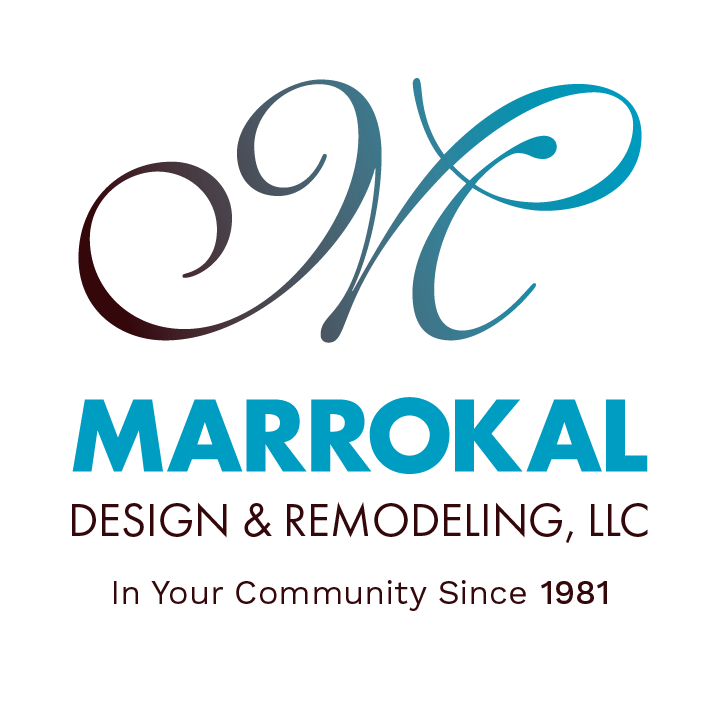Top 10 Tips on Building a Custom Home
Building a custom home is a fun and exciting project, usually a once in a lifetime experience. However, without the right guidance and direction from an expert custom home builder, excitement can quickly turn into confusion and panic.
At Marrokal Design & Remodeling Custom Home Division we have an experienced and knowledgeable team that walks you through the process. We help you understand each step of building a custom home, simplifying the experience.
Here are the Top 10 tips for Building Your Custom Home:
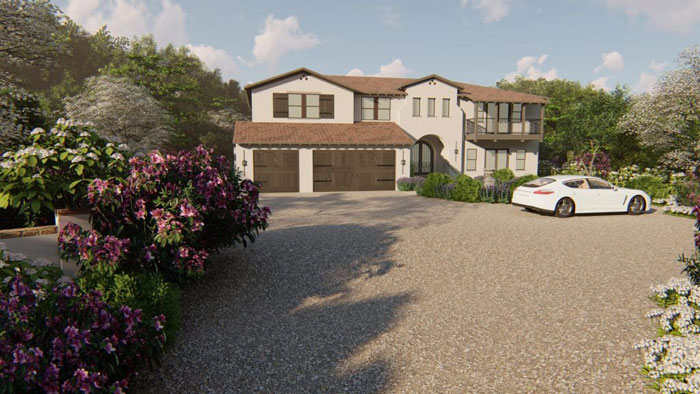
1. SITE FEATURES:
Before you purchase land or a lot, consult with a custom home builder-developer to determine if there are any critical features on the site that can cost you a lot more time and money developing the land. A few common things to look for: rock outcroppings, steep slopes, sensitive trees and shrubbery, erosion, wet soil, unstable fill conditions, utility deficiencies, etc. Gaining an understanding of the site features will help you determine if the project makes sense or at least you will be aware of the potential difficulties and expenses before you make your lot purchase.
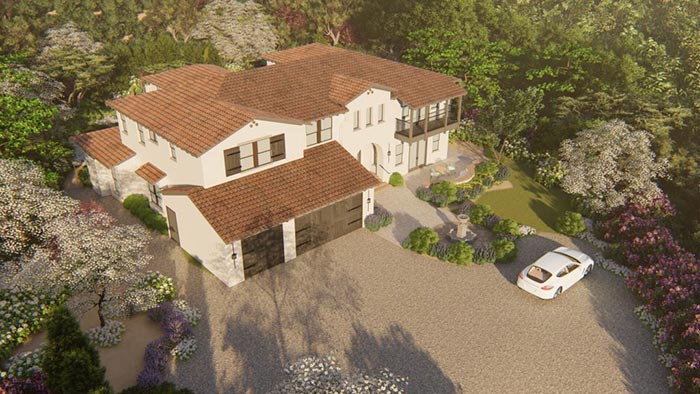
2. RAW LAND:
If you are considering purchasing raw land (undeveloped land), consult with a custom home builder-developer to determine the risks of high-cost overruns. For instance, environmental issues such as rock removal or potentially having to import / export dirt can increase the cost of development. Also, if utilities and a sewer hookup aren’t available, this can require more permits and construction which will increase your overall project cost.
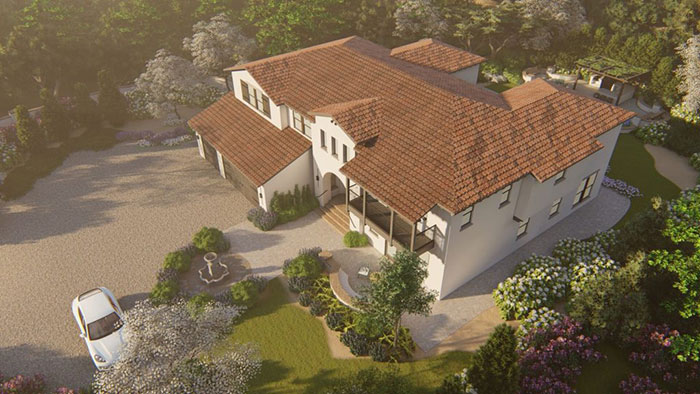
3. PROPERTY WITH AN EXISTING HOUSE:
If you are considering purchasing a property that has an existing house on the lot, or if there was a house that burned down, determine if the house needs to be removed entirely (including the foundation) or if the house only needs to be partially removed. This can make the difference between a home project being considered new construction or a remodel. There are benefits and disadvantages to both. Understanding the differences can make a significant impact on your overall budget and your long-term tax commitments.
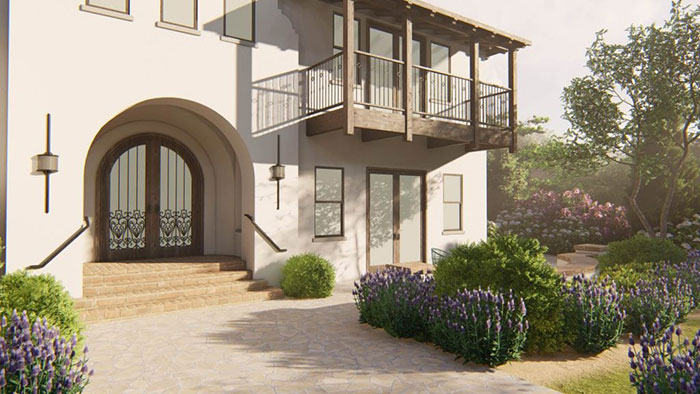
4. LAND DEVELOPMENT BUDGET:
It is essential to understand that when creating an overall budget for your custom home, land development costs can be very unpredictable leading to cost-creep. To stay within your budget, hire a knowledgeable custom home builder to help you understand any potential cost increases before you buy your land and begin developing it. A custom home builder-developer can explain what site features can put you at a higher risk.
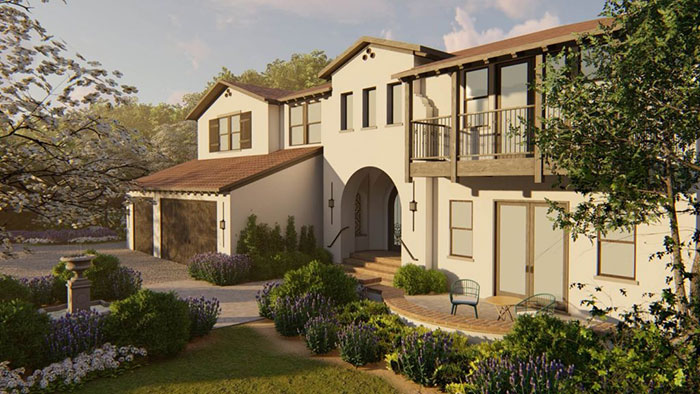
5. UTILITIES:
When purchasing land or lot for your custom home, determine which utilities are on the property, if any. Does the property have sewer, electrical, phone/cable, water, and natural gas? Or do you need to install a septic system, drill for a well or install a propane tank? Do you have enough water pressure or will you need to have a water tank on the property? Will you need to do public “right of way” work such as bringing a fire hydrant closer to the property, creating a public footpath nearby, or bring in an electrical transformer to power the property? These are just a few of the utility questions that you should consider. Always consult with a custom home builder-developer in addition to getting information from your real estate agent or Broker before purchasing land.
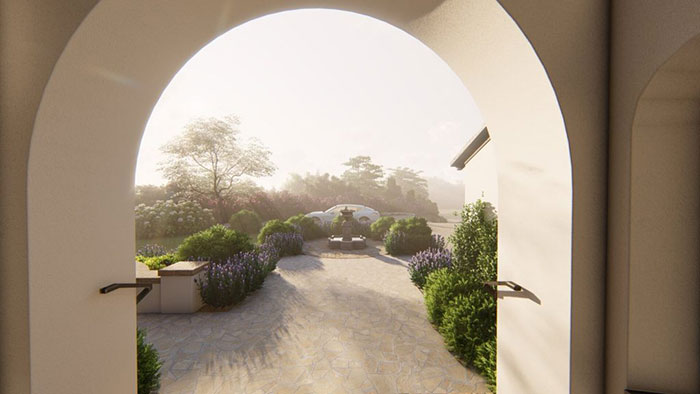
6. EASEMENTS & GOVERNMENTAL CONSTRAINTS:
When first looking at the land you wish to purchase, make sure you understand your building envelope — (this is your building footprint limit and the vertical height limit in which you can build your home on the site). All properties will have constraints that will dictate where and how you can actually build your home. There will always be setbacks from your property lines that you are not allowed to build in. There may be easements for utilities or open space easements that will need to be preserved as natural land. In some cases, the property may have natural preserve areas such as trees or Indian burial grounds that cannot be disturbed. There are times when these easements are not recorded on the property Grant Deed. Sometimes these are overlooked and only noticed when your plans have been submitted to the building department. At that point, you may find you need to have your project plans completely redesigned or worse, the whole project may need to be abandoned. Easements can be tricky to understand, an experienced custom home builder-developer will be able to analyze your specific requirements and guide you through this complicated process.
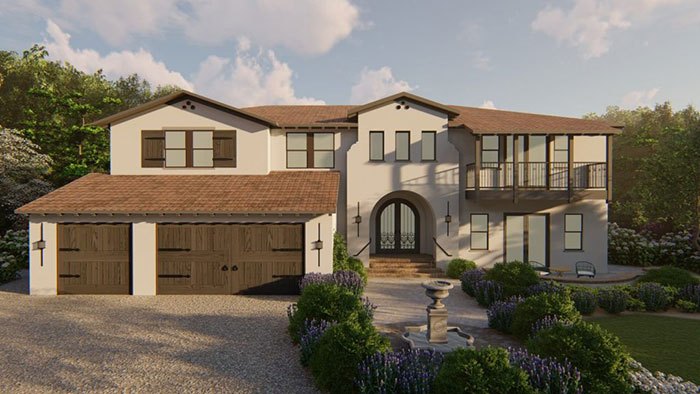
You may also have an HOA or an architectural review board (CC&Rs) that will have constraints that need to be understood and followed. It is essential to know what those requirements are before you purchase the land or lot.
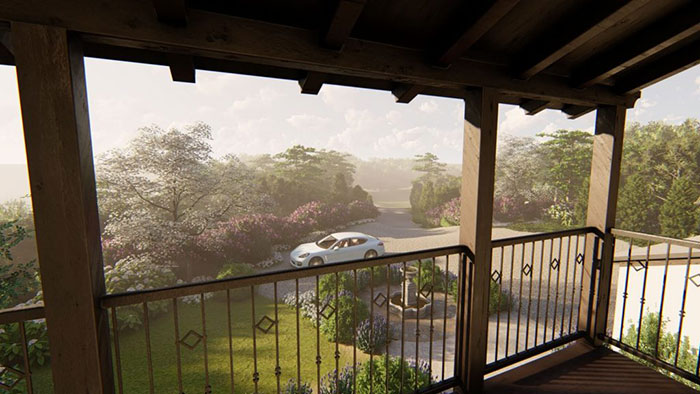
7. VISION:
When considering building a custom home, you should take the time to think about the elements and features of the house that will be specific to your needs and desires. For instance, the size of the home, two-story or single story, garage, porches, outdoor living, views, etc. What’s most important to you? You can do this by simply writing out a list that includes your “must haves” and a list of your “would be nice” items. You don’t need to produce a drawing of a floor plan, just write down the things that matter to you. The exact plans will come from your custom home builder and will change based on the land or lot you purchase. In our experience the property will typically dictate the conceptual layout of the house.
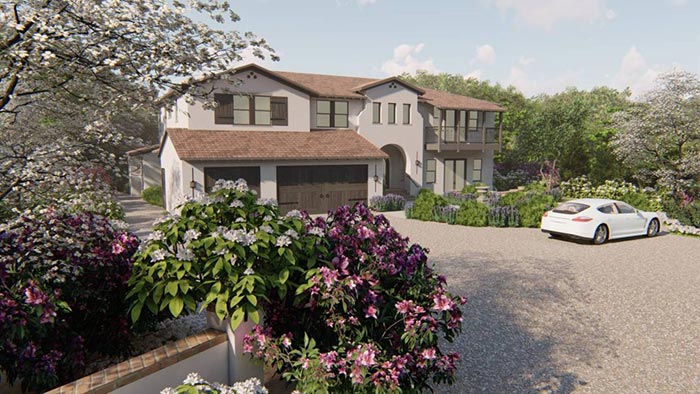
8. CONCEPTUAL DESIGN:
This is an extremely important part of the process. You want to make sure that you thoroughly inspect and review the design. It all starts with the site. The design of the site is one of the most critical pieces of the puzzle to get right. Do not rush this stage of design. You want to consider all of the site constraints, such as easements, setbacks, height limits, utilities, etc. You will also want to discuss how the house is situated on the land: sun orientation, views, wind direction, neighboring properties, swimming pool, patios, pathways, outdoor entertainment, landscape features, etc.
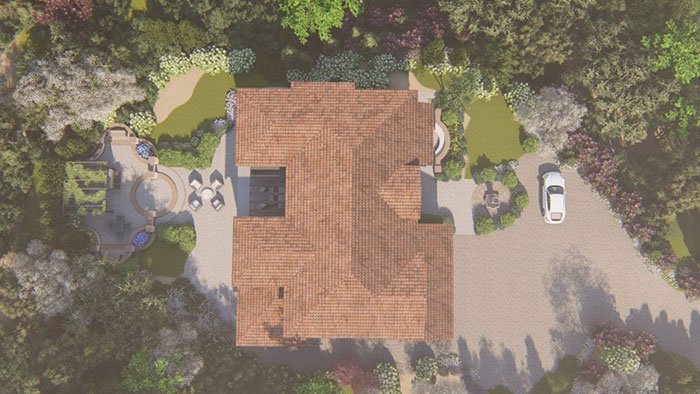
The next step is to dive deeper into the house design. The design of the house is linked to the site features, and you cannot ignore that connection if you want to hit a home run with the overall master plan of your home and property. The design of your home and site will be driven by the style and context of the architecture that is desired. An expert custom home designer wants to make sure the design fits best with the location of the property, so that the complete design flows easily and is functional, comfortable and stylish.
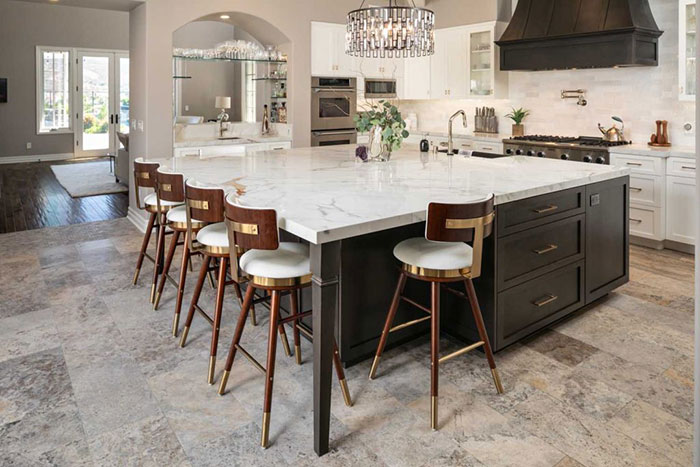
To get the best custom home design, make sure that you have a good rapport with your custom home designer or architect so that your ideas and desires are understood and included in the plans. Deciding on who to design your custom home is like choosing a doctor, you want to be confident your best interest is the top priority.
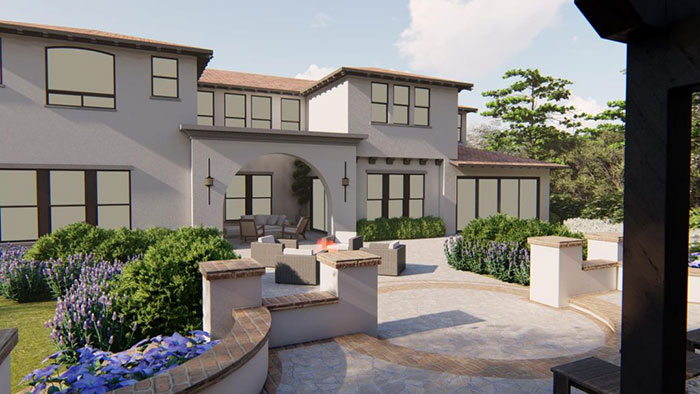
9. BUDGETS & COSTS:
Developing budgets and costs for your project is a complex process because it involves so many different disciplines. There are soft costs such as design, product selection, construction documents, title 24, permits, etc. There are costs for land development, city or county fees, professional consultants, finish site work and finally the costs associated with building your custom home. In each of these disciplines, there are many categories of costs requiring an experienced expert in construction estimating to fully understand how they all link together. In land development, for example, there are costs for site grubbing, BMP’s, staking, field soils testing, bio-retention, grading, pad certification, etc. When analyzing city or county fees, there might be 15 to 30 different fees that will be required for your project. Sometimes these fees are overlooked and missed by the city or county official, and unless you are very experienced in recognizing their mistakes, some of these fees will end up becoming a cost overrun. Many different licensed professional consultants will need to be utilized and budgeted for obtaining your grading and building permits such as; civil engineering, structural engineering, environmental engineering, survey engineering, geotechnical engineering, landscape architecture, etc. An important, often overlooked piece of the puzzle is finish site development. Budgeting for finish site work will depend on what’s required by the building department and what site features you will want to take on such as; patios, sidewalks, swimming pools, fire features, seat walls, plantings, lighting, etc. Some of these site features will be required such as; driveways, stoops, retaining walls, pathways to doors, drainage, irrigation, etc. These budgets will generally have some flexibility and can be completed in a future phase. Finally, budgeting costs for building your custom home will vary based on the complexity of structure, level of finishes and utilities, type of products used, the size of the home, and varying code requirements such as fire sprinklers and solar.
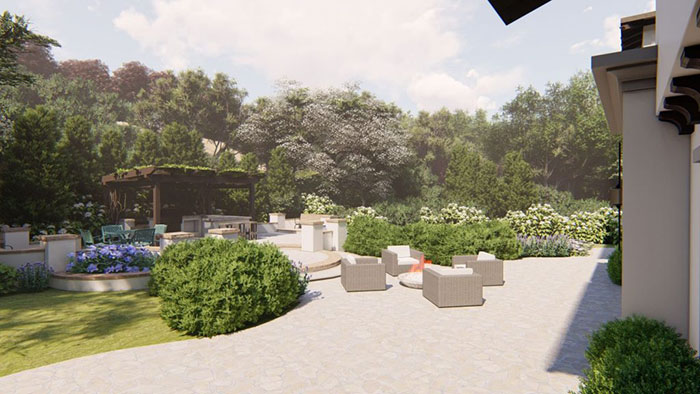
As you can see, consulting with an expert custom home builder is paramount and will allow you to make informed decisions early on in the design process which will help control the costs and establish accurate budgets.
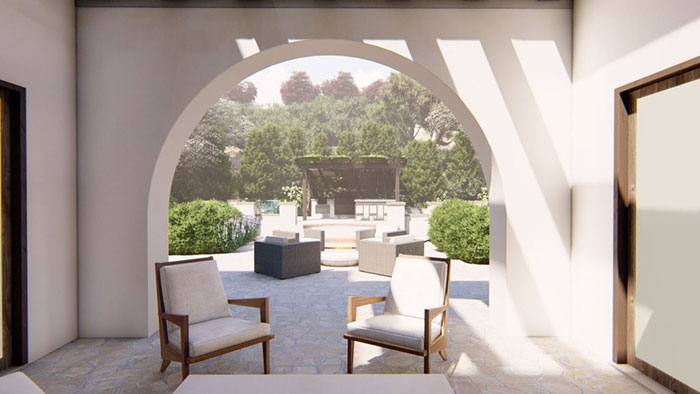
One approach to handle the complexity of the overall budget costs as it relates to the design is to work with a company that can manage all these disciplines simultaneously. Instead of hiring multiple companies which tends to be a more segregated linear approach, in which the costs are discovered typically at the end of that process. Hire one company to manage the entire project completely can help keep the costs down and give you the peace of mind that your custom home is in good hands with a team that is overseeing the entire project.
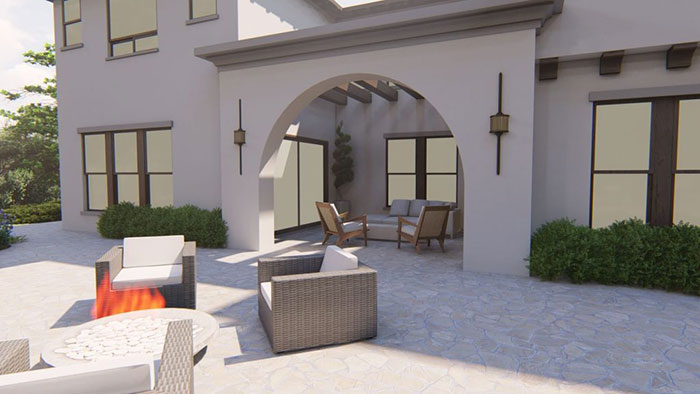
10. CONSTRUCTION:
Assuming that all the permits have been pulled, rough grading has been completed and the foundation pad has been certified, you are now ready to build your home. You want to make sure that all your design selections have been made before starting construction. This means that you have selected all your products and finishes, they have officially been signed off, and a production binder has been provided for the construction team to start the building phase of your project. This is usually a big milestone in the process.
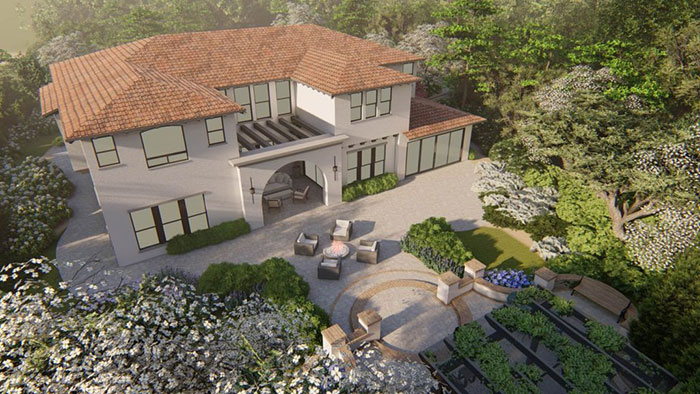
You want to make sure everything is in order and has been double checked before you launch into this phase. If there are changes made during construction of your home, this can drive up costs and cause delays. Doing your due diligence up front can make the difference between a great experience or one you that you will never want to repeat again.
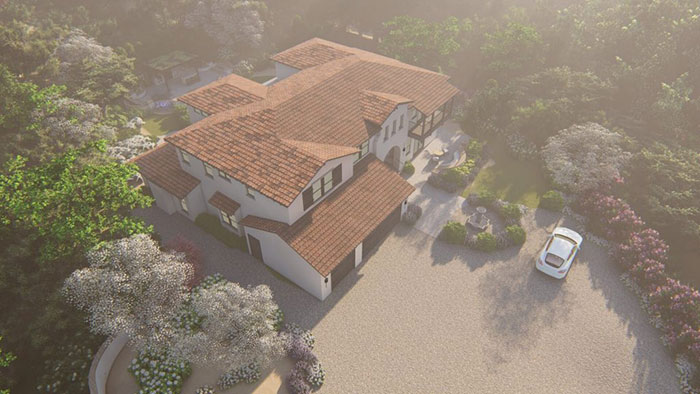
Choosing the right custom home builder is critical. Generally, if you choose a good design-build firm that can handle all the moving parts, this should reduce the amount of work that you will have to take on. Most, of not all the responsibility shifts to one company that can take you from concept to completion. With a design-build firm, the design and the construction phases are linked which helps minimize expensive changes during construction. When there are minimal changes, this usually translates to fewer cost overruns and reduces the overall construction timeline. That means you’ll be moving into your custom home on time and within budget!

To learn more about building your custom home in San Diego County, visit us at Custom Homes to meet with our Custom Home experts or call us at (619) 441-9300 to have a conversation.
